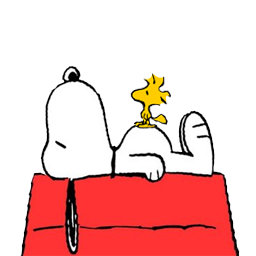cross-posted from: https://beehaw.org/post/921524
I share this as a tonic to a lot of the discourse I see online from people exasperated at the negative changes we bring to our environment as humans. I have met many people who feel that humans are inherently destructive to the environment as well.
I think a separation from wildlife due to urbanization might have something to do with idea that humans are above or separate from nature. I feel picking up hobbies like gardening and hunting were important for reminding me of my presence as a part of the natural world (This might be one upside to COVID, given everyone I know started gardening and raising plants. Ha.).
I think the statement from the article encouraging locals to be included in the stewardship of natural resources is incredibly important. Especially in the US, where lots of our undisturbed land is owned by the Interior department or the states, many times, regional natives often have insight that can be beneficial for the landscape (ex. California allowing Indian tribes to conduct controlled burns as a means for preventing wildfires).
I just hope that this article can renew optimism for some, given the bleak things that we see weekly in the news regarding the environment and nature, that we can exist within nature without our actions (including modification) being bad. It’s too easy to feel that we’re just doomed and that nothing we do can be good for us or the rest of our ecosystem.
Extract
There’s a pervasive notion in our society that nature is something outside, over there, other, from what we are as humans.
From religious texts teaching that God provided humans with dominion over Earth, to futuristic literature pitching nature as our past and human ingenuity and technology as our future, the narrative that humans are beyond – or even superior to – nature is deeply entrenched.
This separation, this othering of nature, has arguably enabled our rampant destruction of the rest of the living world, and even led some to claim that our human nature is incompatible with nature itself.
Now a huge international study involving geography, archeology, ecology, and conservation adds to the wealth of sciences that exposes this idea as the lie it is.
Researchers found that for most of our history, humanity has lived in equilibrium with our world, despite us having altered most of Earth’s terrestrial surface far sooner than we realized.
“Societies used their landscapes in ways that sustained most of their native biodiversity and even increased their biodiversity, productivity, and resilience,” said University of Maryland environmental systems scientist Erle Ellis.
Analyzing reconstructions of historic global land use by humans and comparing this to global patterns of biodiversity, the researchers found that by 10000 BCE humans had transformed nearly three-quarters of Earth’s land surface - you can view an interactive map of their findings here.
This upends previous models that suggested most land was still uninhabited as recently as 1500 CE.
“Lands now characterized as ‘natural’, ‘intact’, and ‘wild’ generally exhibit long histories of human use,” University of Queensland conservation scientist James Watson explained.
“Even 12,000 years ago, most of Earth’s land had been shaped by humans, including more than 95 percent of temperate lands and 90 percent of tropical woodlands.”
The shaping describes system level changes that have cascading ecological consequences, including negative outcomes such as the extinction of megafauna.
Yet these interventions also provided important ecological functions like seed dispersal and improvement of soil nutrients. This expanded habitats for other plant and animal species and increased biodiversity.


